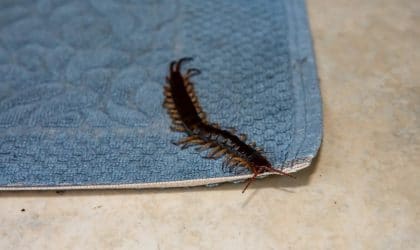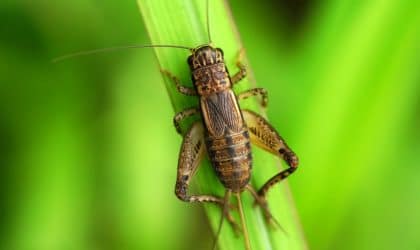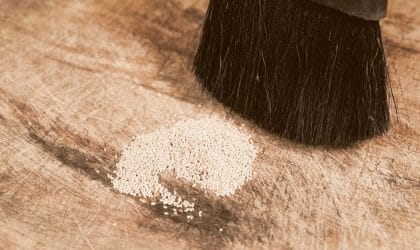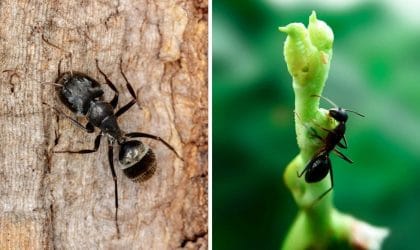Bite Comparison: Fleas vs. Bed Bugs vs. Mosquitoes
Trying to find out if you have a flea bite, mosquito bite or bed bug bite? Find out which type of bite you have in this article!
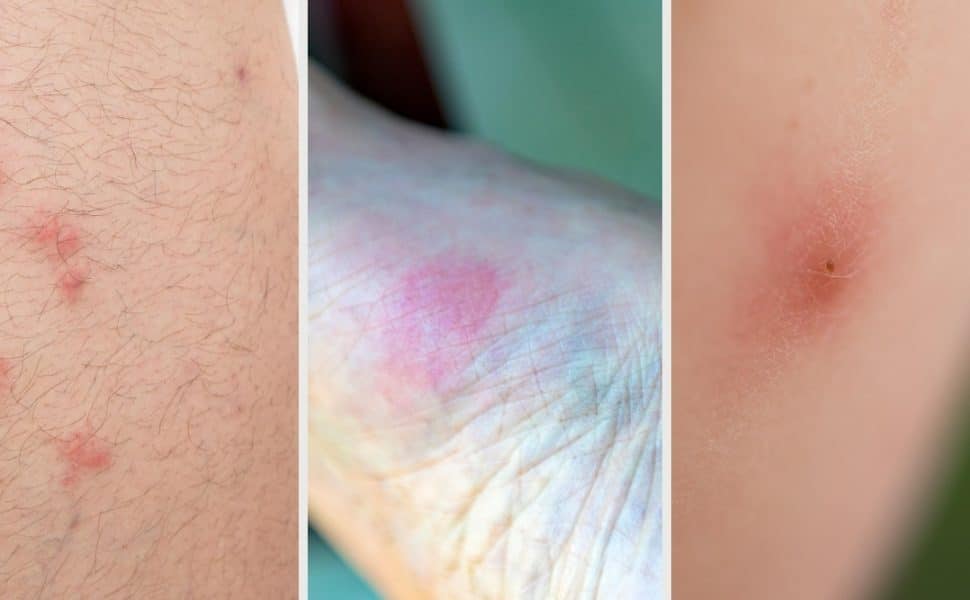
It’s happened. You’ve woken up with a bite or bites, and you’re wondering what happened. Is this a new infestation you need to worry about, or is it just a rogue insect you need to find and kill? You have a hunch that it’s some type of pest, but just aren’t sure which one. In this article, we compare fleas vs. bed bugs vs. mosquitoes and compare bites of each.
If you’ve developed some type of red bite or skin irritation, it’s best to examine what the bite looks like, especially if it hasn’t gone away after a couple of days. So what do the different types of bites look like?
Your search for answers begins with the type of insect bite you have. Flea bites, bed bug bites, and mosquito bites are all different. Once you know for sure or with a fair degree of certainty what pest you’re dealing with, you’ll be able to prevent future bites and secure your home.
All About Fleas
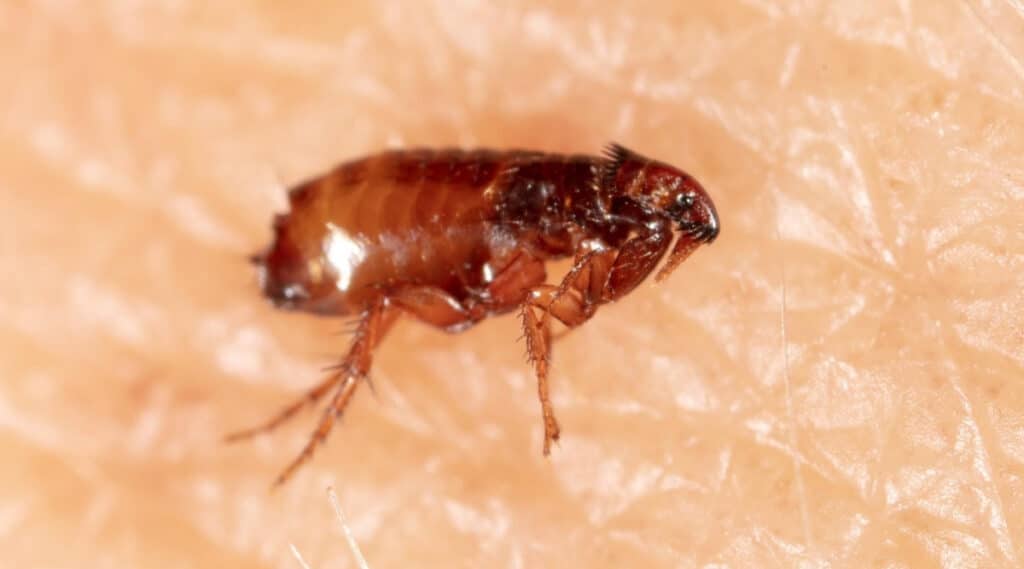
Fleas are a common household pest brought in on pets, other pests, or even you. They like to hitch rides and can jump long distances, giving them an advantage while traveling. If your neighbor has trouble with fleas, you have animals or wildlife nearby, or you have pets, there’s a good chance that you’ll have trouble with fleas in your home at least once.
Fleas can hide in carpets and furniture, shoes, only coming out to find their favorite food source: your dog or cat. Flea bites on humans aren’t that common, but if your infestation has gotten bad, that may not stop fleas from trying to take a bite.
What Do Flea Bites Look Like?
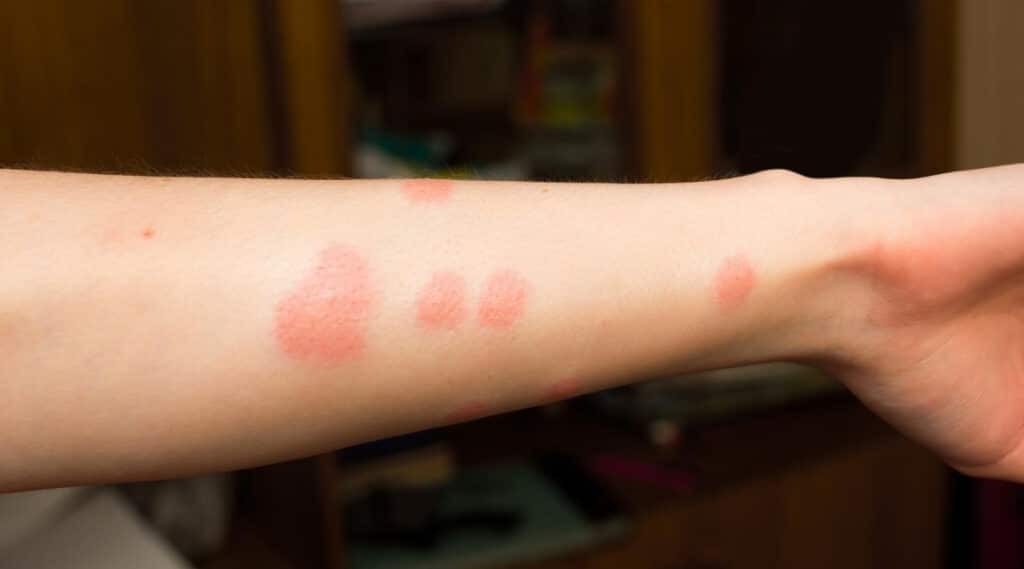
Many people think fleas can’t bite humans, but this isn’t true. Fleas do bite people and they have a distinct look to their bite. Flea bites are small red bumps that usually happen in a cluster formation. How itchy the bumps are usually depends on your skin’s sensitivity level. Some people are more allergic to flea bites and may react more strongly than others.
Flea bites tend to happen on your lower extremities, think lower legs and ankles. This accounts for the height of the flea jumping as you walk through your home. Children who are playing on the floor may experience bites in other places, however. Or, if your furniture has fleas, you may see those rash-like bumps in other areas as well.
Flea bites happen at random, so those clusters of dots shouldn’t appear in a straight line. In most cases, they’re only slightly swollen or red and most likely won’t develop into a welt or fluid-filled bite.
How Do I Treat Flea Bites?
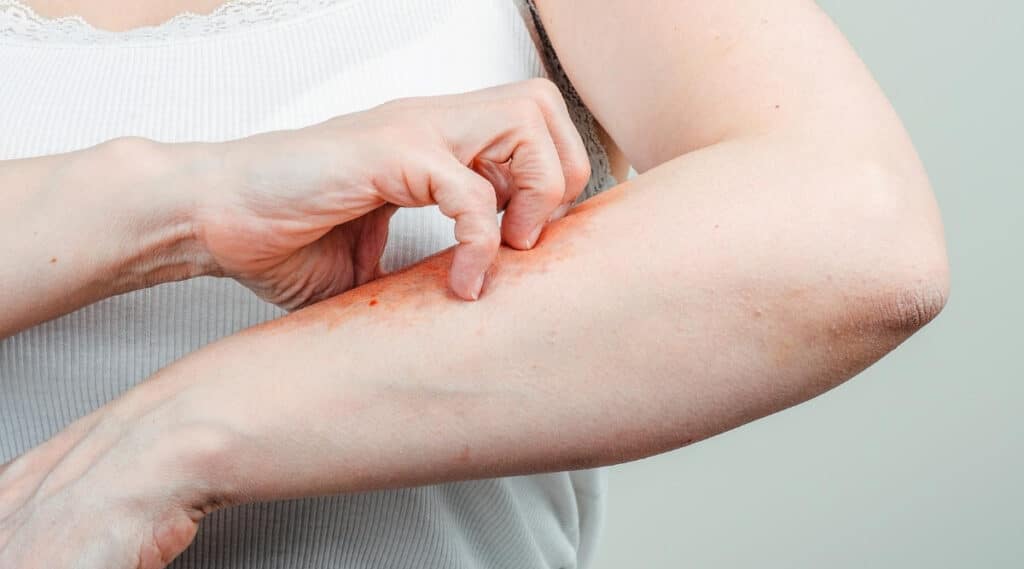
One of the most important things to remember is not to scratch. Scratching can make the bite worse and spread infection if fleas are carrying any form of the disease. Wash the area with soap and water and apply an antibacterial treatment immediately.
Keep the area clean and dry, applying antiseptic ointment if you need it. If you’re having a stronger reaction, a cold pack can help with swelling. Over-the-counter antihistamine lotion can also help reduce swelling and itchiness.
If your bites continue to get worse, or you begin to experience other symptoms such as headaches, fatigue, fevers, and other out of the ordinary symptoms, it’s essential that you see your doctor to rule out any secondary infections. This goes doubly for your children.
For pets, treating the infected area with an antiseptic spray can help numb and cleanse the area. Check with your veterinarian for flea treatments to minimize or eliminate bites altogether and ensure your pet doesn’t have any worsening symptoms.
How Do I Get Rid of Fleas?
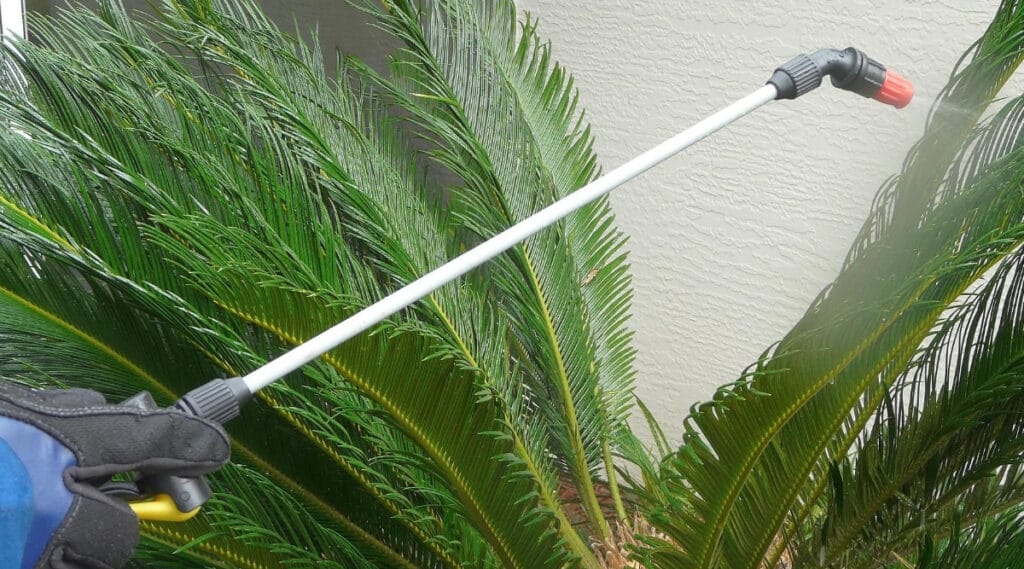
Getting rid of fleas may require several approaches. The first thing to do is to treat your pet if you have one and wash bedding in hot water and dry on the highest settings. Clean kennels and any other places where your pet tends to lay.
If you don’t have a pet, or once you’ve addressed your pet’s situation, inspect your home for signs of entry from rodents, bats, birds, or other small animals. Treat that situation and make changes to your home’s exterior that help deter animals from entering.
Minor infestations may be treatable with natural methods. Vacuum multiple times a day and empty canisters in an outside trash can. Spread diatomaceous earth across your carpet or furniture and vacuum after a few days, taking care not to allow anyone near the area.
Use essential oil sprays made from white vinegar, witch hazel, and insect repelling essential oils (rosemary, cinnamon, lavender, and lemongrass are good options). You can also just use white vinegar and water to help.
If you have a serious infestation, calling in professionals to help may be your best option. Have a company professionally steam carpet and furniture because the heat kills adults and eggs. Work with an exterminator to eliminate fleas and keep them from coming back. You may also want to invest in a spray for thresholds or inaccessible places.
All About Bed Bugs
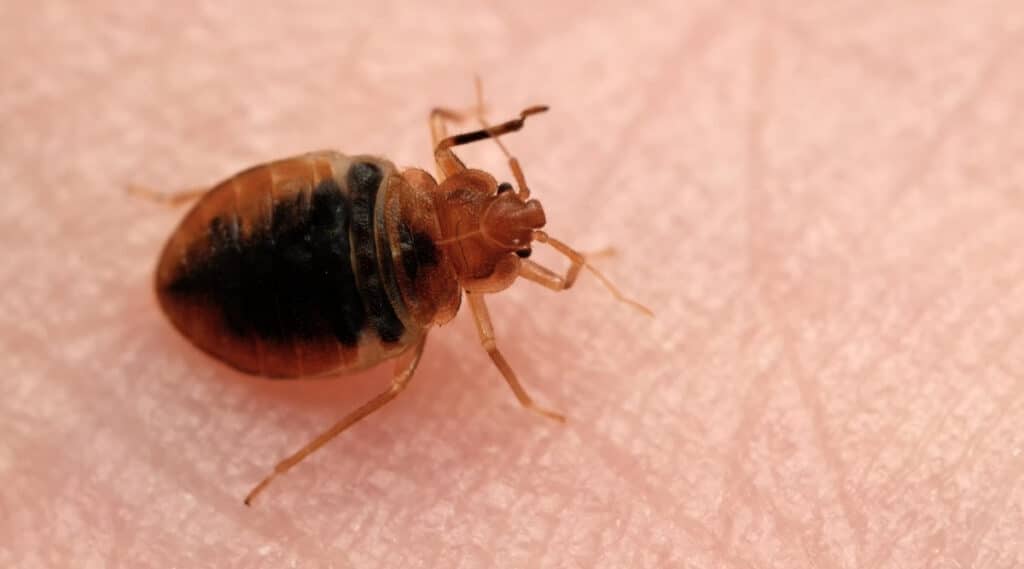
Bed bugs are a feared household pest and rightfully so. Getting rid of them is often an extended process that requires patience and very often, professional interventions.
Bed bugs arrive in your home from infected materials such as bedsheets, secondhand furniture, luggage from traveling, and can even ride in on your clothing from public places. A bed bug infestation is more common than you think. Unfortunately, there’s no reliable way to tell if a property or place has bed bugs without a careful examination.
What Do Bed Bug Bites Look Like?
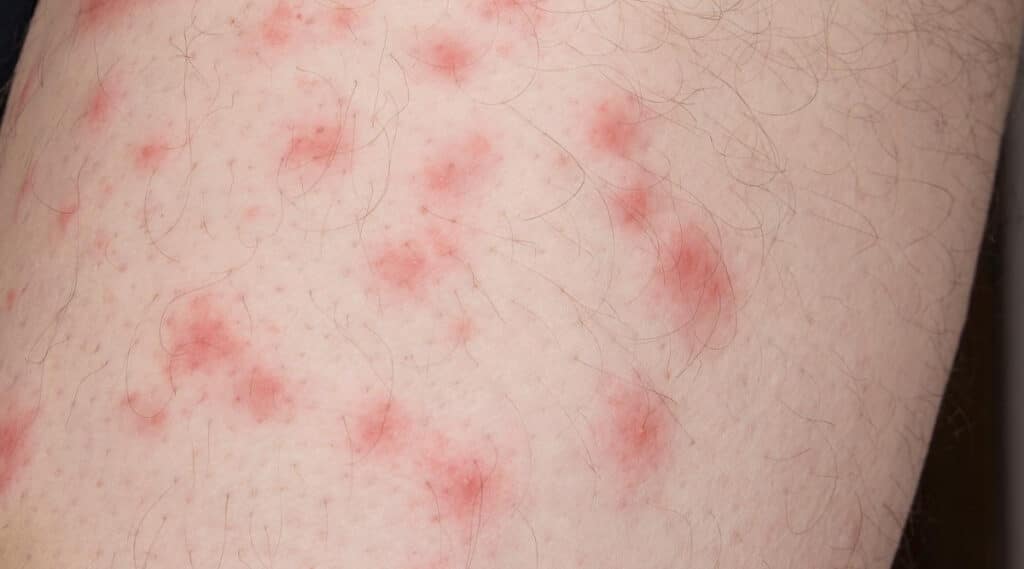
Bed bug bites are typically more severe than flea bites and can quickly develop a hard, fluid-filled center, much like a pimple. The reaction can depend on the person’s sensitivity, but in many cases, they’re highly itchy.
Bed bug bites often have several bites in a straight line as bed bugs move down, looking for an ideal spot for a meal. They often appear on areas of the skin exposed as you’re sleeping, like your hands, arms, feet, and face.
Bed bugs are perfectly capable of burrowing underneath clothing, however, so don’t discount bed bugs even if you have a bite somewhere normally hidden.
Bed bug bites may not always present symptoms right away. In fact, you may end up with itching or swelling hours or days after a bite, making it harder to pinpoint when you actually received the bite.
But bites can quickly become infected and spread welts, causing severe itching and increasing the risk of further, more severe symptoms.
How Do I Treat Bed Bug Bites?
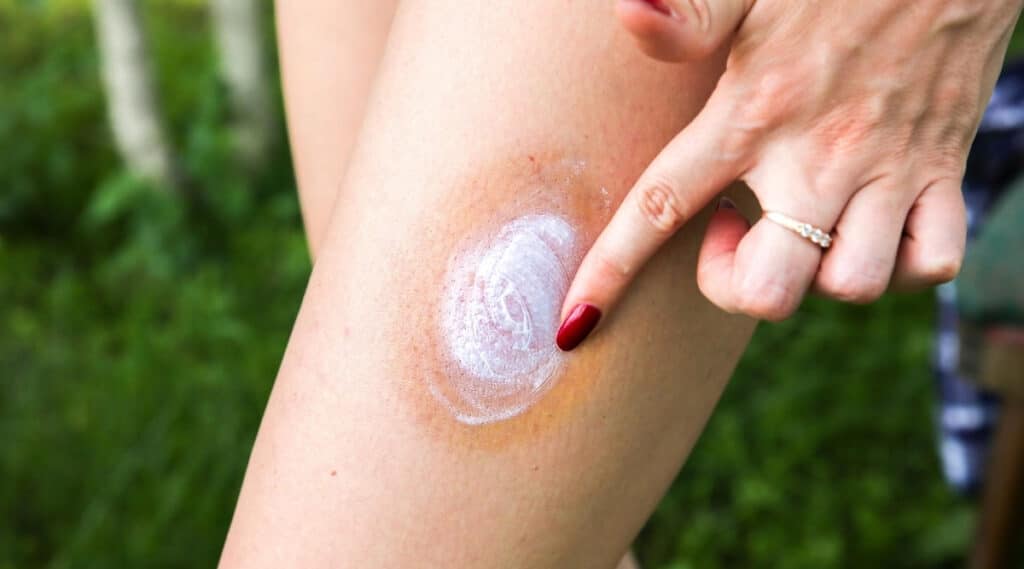
It’s important not to scratch bed bug bites, especially if the bite becomes fluid-filled. This can cause infection and scarring. Wash the bite area with antibacterial soap and water and apply an antiseptic ointment to begin treating any possible infection or swelling.
Continue to keep the affected area clean and scratch-free, reapplying antibiotic ointments as necessary or even over the counter antihistamines if the itching is particularly bad.
If you notice bites becoming worse or you feel other symptoms, you may need to schedule a visit with your healthcare practitioner to diagnose or rule out any further infections or symptoms. Your doctor may also be able to prescribe treatments to help with bite symptoms and promote healing.
How Do I Get Rid of Bed Bugs?
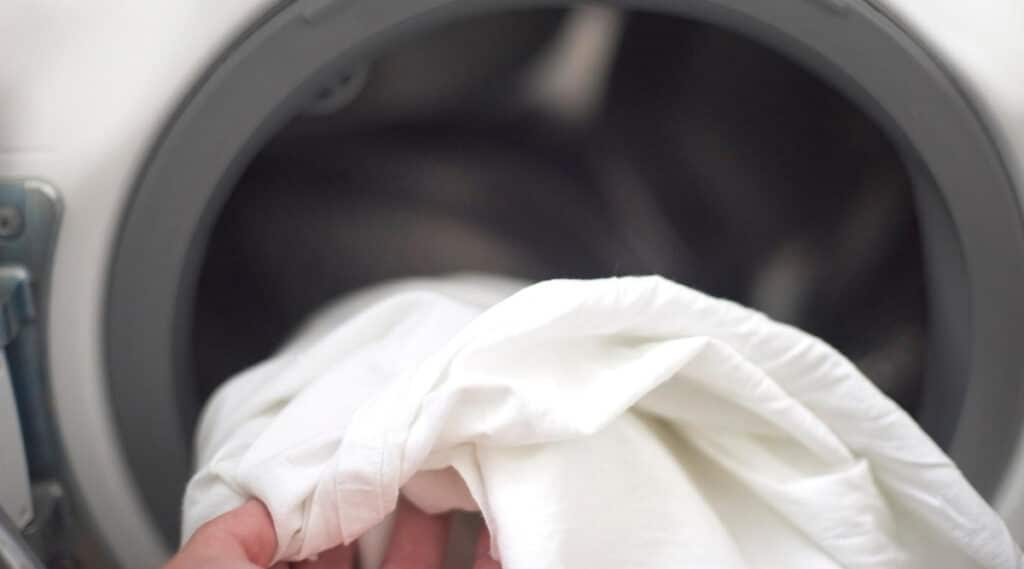
Getting rid of bed bugs is going to be a practice in patience. Best case scenario, you can throw out most of your furniture and linens as well as bedding. But for many people, that’s just not a reality.
The first thing to do is to wash your bedding, clothing, drapes, and any pet bedding in hot water and dry on high for at least 30 minutes to kill bed bug eggs and the adults. This must happen with everything in your house and quickly.
Next, one of the most significant areas of an infestation is the mattress. Use an encasement that covers the mattress entirely with zipper covers to enclose the mattress and trap bed bugs inside. This cover will remain on for at least one year because bed bugs can survive up to a year without a meal.
You’ll need to cover all mattresses, and box springs in your house with bed bug approved encasements and treat furniture and other areas with a bed bug approved pesticide. Your best option here is calling an exterminator with experience treating bed bugs in homes, or you may still experience an infestation.
When you travel, ensure that you check ratings for previous bed bug infestations to avoid troublesome hotels and accommodations. Always check your luggage for bugs and fecal matter when you get home, too. Wash clothing on hot and wash out your luggage before putting it away.
You’ll need to take the long view with bed bugs because it may take patience to get your home free of them if the infestation has progressed beyond just a few bugs. Work with your exterminator for treatments and followups so that you remain worry-free.
All About Mosquitoes
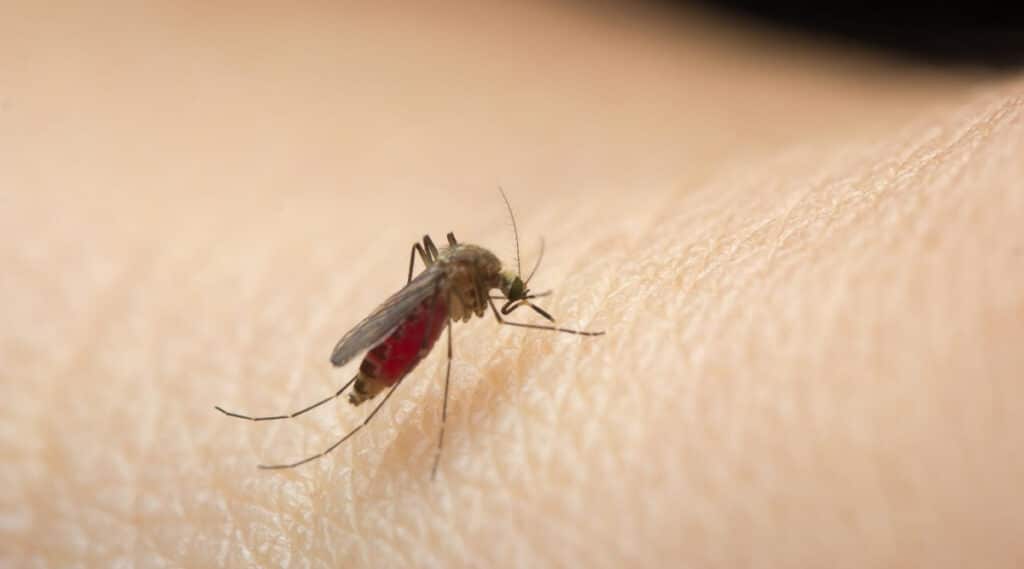
Mosquitoes are classic pests, ruiners of summer, and bringer of misery and disease. They are ubiquitous and can swarm in warm wet places where their habitat and breeding are made easy.
Most people get mosquito bites outside, but that’s not the only place mosquitoes can bite. In some cases, they make their way into your home, either as hitchhikers on you or your pets or coming in through poorly sealed doors, windows, and other entrances.
What Do Mosquito Bites Look Like?
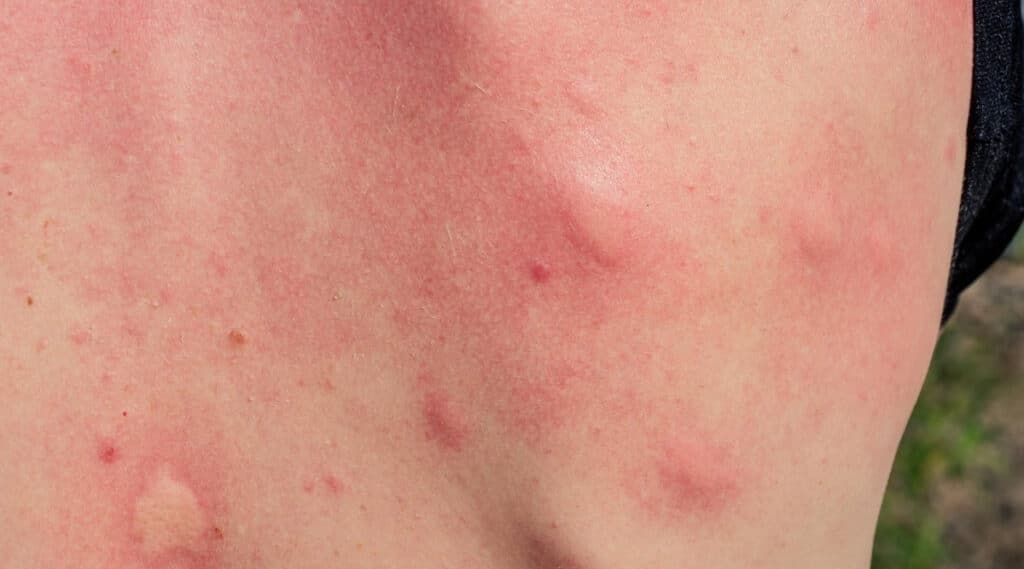
You may be most familiar with the look and feel of mosquito bites. They seem to bite and inject the fluid that many people are allergic to rather quickly. The bites are typically a raised, red bump appearing in singles or random formations with no set pattern.
The itchiness of bites varies wildly depending on individual sensitivity. Mosquito saliva contains anticoagulants and proteins designed to prevent the body’s natural blood-clotting response and keep blood flowing for the meal.
People have different sensitivities to these proteins ranging from (rarely) no reaction at all to mild reactions to severe welts. Your response will depend on your sensitivities.
How Do I Treat Mosquito Bites?
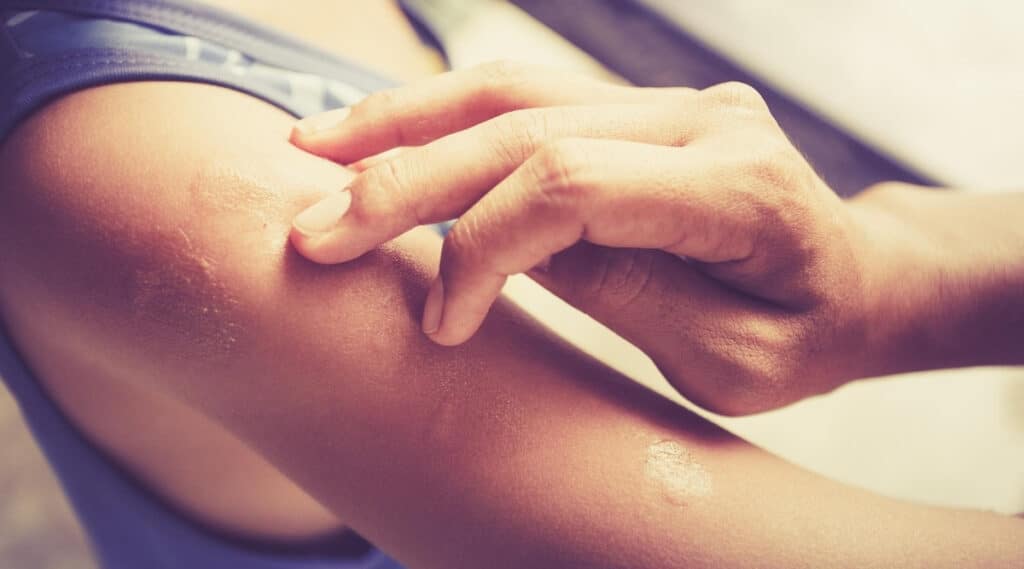
Try not to scratch the bite because that can make the bites worse. Gently wash the area, especially if you’ve already scratched the bite, with antibacterial soap, and apply a topical antiseptic to help slow any infection.
Over the counter antihistamines or cortisone cream can help reduce any swelling and itchiness. If bites become severely infected or continue to get worse, you may want to seek medical attention to rule out any further infection.
Some mosquitoes are known disease vectors, so if you notice any unusual fatigue, headaches, fevers, or body aches, it’s vital to get checked out. If you’ve had a recent rash of mosquito bites and you notice other strange symptoms, or you know you’re in a high-risk area, get checked out.
How Do I Get Rid of Mosquitoes?
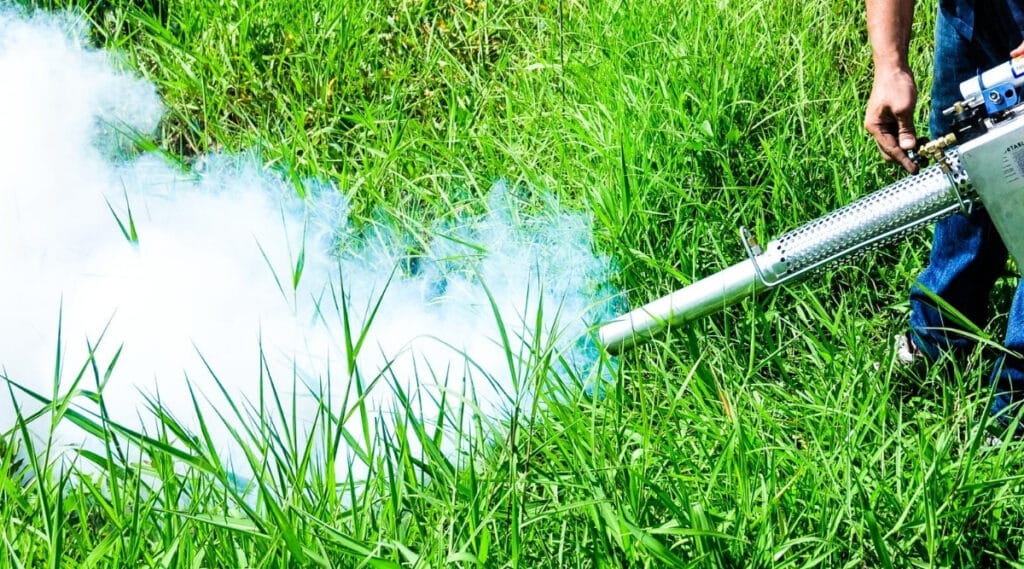
Getting rid of mosquitoes centers around reducing their ideal breeding spots outdoors. Check around your own home for puddles, buckets, or even gutters with standing water. Even a few tablespoons of water is enough to breed mosquito larvae.
Turn over and allow to dry anything that has collected water. Next, trim back bushes and move brush to allow sunlight to dry anything further on the ground and reduce their nesting and resting areas.
Work with your neighbors to help reduce their habitats across your community. This is especially true if you live in an area known for dense mosquito populations. This helps reduce the burden on everyone.
You can set up fans in your general area when you’re outside because mosquitoes are not strong flyers. They will have trouble landing if there’s a constant breeze around where you’re sitting. Use insect repellents on yourself and your pets as well as candles with ingredients such as citronella or lemongrass.
Inside your house, you can vacuum up swarms of mosquitoes if you’ve left the door open, for example. Be sure to inspect your home regularly for places where mosquitoes and other pests may be getting in.
Seal doors and windows. This helps reduce entry points, and ensure that vents and ducts are covered with a mesh to reduce further the chances of mosquitoes making it inside. Everything you can do to seal off your home will help reduce mosquitoes inside since your home isn’t a typical infestation area.
Identifying Flea Bites vs. Bed Bugs vs. Mosquitoes
It’s essential to identify bites before it becomes a problem. If you aren’t sure what type of bite you’ve got, keep it clean and watch for symptoms. In the event there’s no repeat bites, you may just have a one-off insect.
If you continue to receive bites, it’s a sign that there’s some kind of infestation going on. This may be true even if you haven’t seen the insects themselves yet. This can be your first clue on how to proceed and could give you a jumpstart on what to do.
If nothing else, calling an exterminator to help you identify the signs of household pests. This will allow you to form a plan that can give you relief and help you proceed with your pest control efforts. Whatever you do, it’s essential not to ignore bites. If you do, there’s a possibility they ,au turn into something serious for you and your household.
Share this post
Save time and money on pest control
Subscribe to expert DIY pest control tips, pest control product reviews and information.

